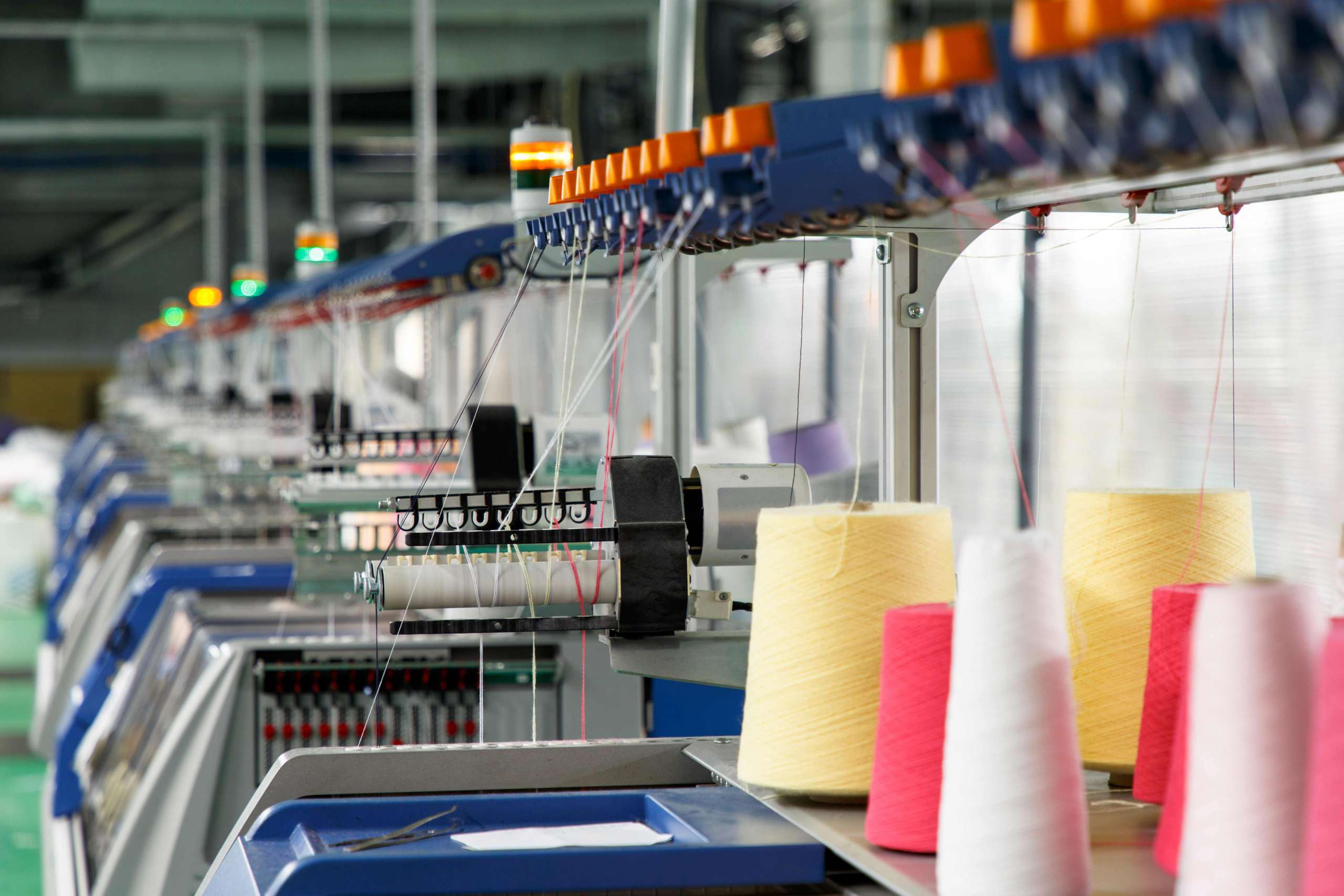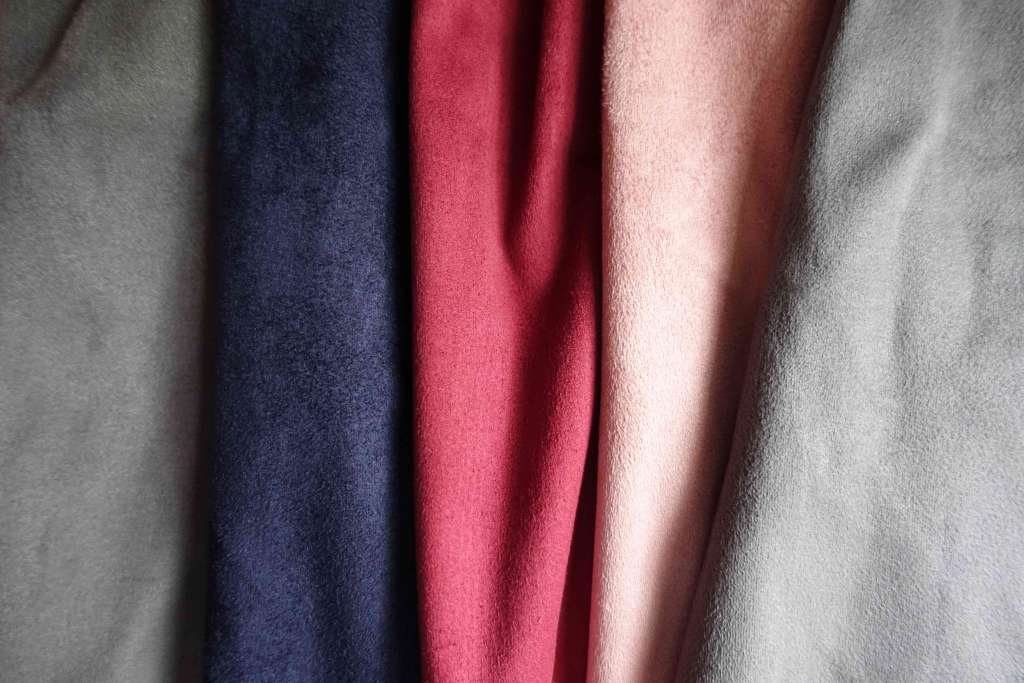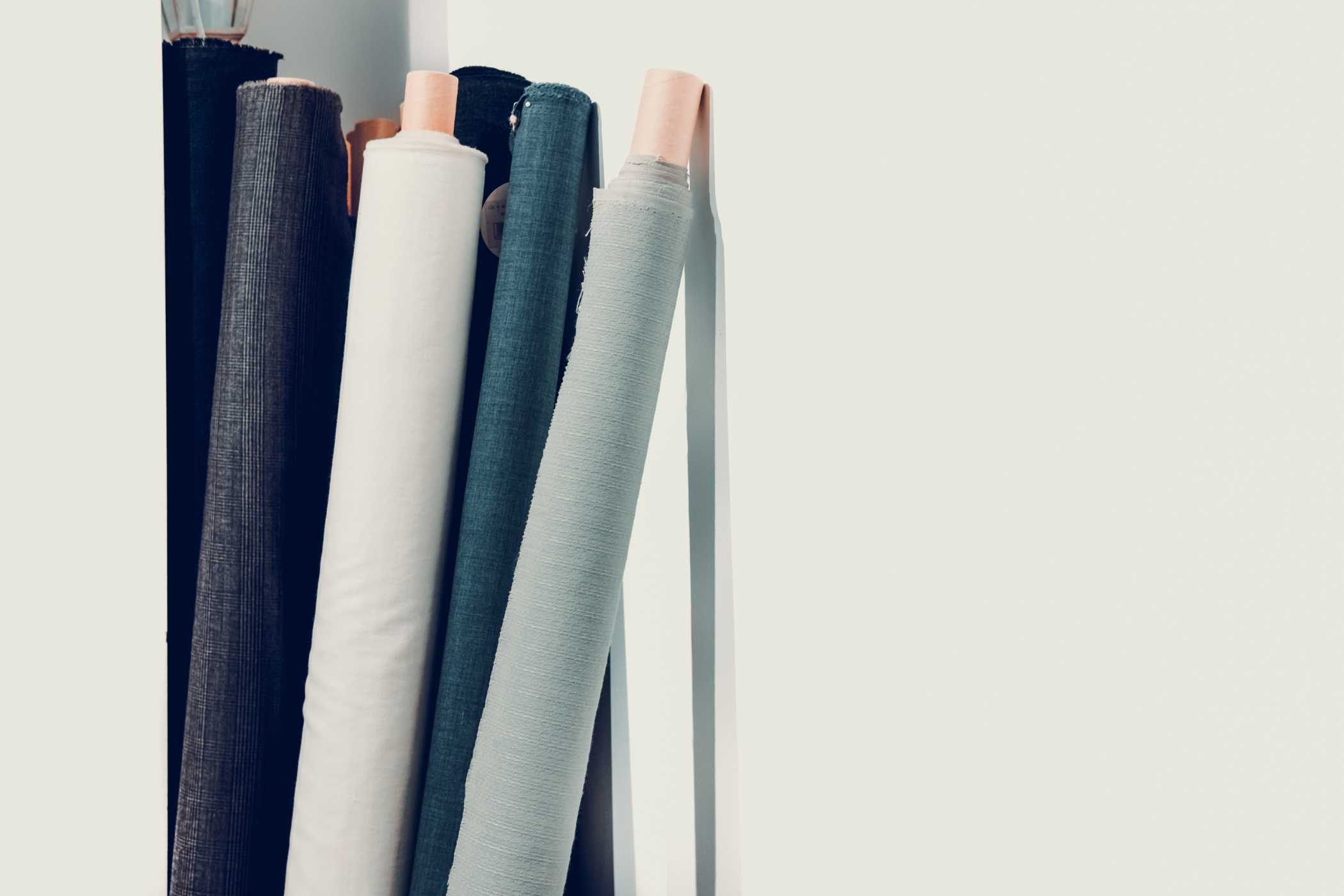Types of Mechanical Fabric Finishing Methods Used in the Textile Industry



Finishing is a crucial part of the textile manufacturing process which aims to convert knitted or woven fabric into a usable product. It is a process that improves the product's hand-feel, performance, and overall look. It consists of different mechanical and chemical processes that bring the best out of the fabric. The textile industry's various mechanical fabric finishing methods help improve the fabric’s physical principles.
Mechanical fabric finishing: An overview
Mechanical fabric finishing is the dedicated process of altering the fabrics' performance, appearance, and hand feel. Many different mechanical fabric finishing methods are popularly used in the industry. These methods can yield the required thickness, flatness, or toughness in the fabric and a change in its other physical properties.
Some of the properties of a fabric that can be altered with mechanical fabric finishing are:
- Controlling surface friction
- Removing surface flaws or burrs
- Modifying electrical conductivity
- Improving hardness
- Improving appearance
- Increasing corrosion resistance
- Improving wettability or adhesion
- Increasing solderability
- Improving tarnish resistance
- Increasing chemical and wear resistance
Popular mechanical fabric finishing methods in textiles
In mechanical fabric finishing, manual processes change the properties of the fabric. These methods can be used according to the desired result. The main mechanical fabric finishing methods used in the textile business are:
1. Heat setting
Heat setting reduces fabric stress by stabilizing the fabric structure. The different steps in the fabric finishing process may cause stress and strain on the fiber, which can be effectively reduced with heat setting. It is one of the most common, effective, and widely used mechanical fabric finishing methods. Heat setting uses pressure, heat, moisture, etc., instead of chemical agents.
2. Compacting
Compacting reduces the fiber length by compressing its structure. It reduces fabric shrinkage as the open structure of fabric causes greater chances of shrinkage. Compacting is a sure-shot way to reduce fabric shrinkage to a considerable extent. It can be used on knitted and woven fabrics.
3. Sueding
It is a popular mechanical fabric finishing method in which abrasive surfaces like sandpapers or emery cloth are lined with rotating rollers. It is used to pile or mildly raise the fabric. The fabric is then passed through the abrasive rollers. It is easy to raise the short pile at length to decide the amount of pressure on the material by rollers. This is achieved by rotating the rollers in the opposite direction.
4. Shearing
The process of cutting the ends of the fiber to eliminate random lengths to achieve smooth piles and leveled surfaces is called shearing. All the fabrics due for napping have to go through shearing. Woven fabrics require multiple shearing machines or shredders, while knitted fabrics use a single device having one cutting head per unit. The distance between the rotating tables and the cloth rest regulates the desired pile height of fabrics.
5. Napping or Raising

Napping is a process in which a layer of fiber is lifted from the fabric's surface. It creates a pile on top of the fabric. Napping is widely used for knitted and woven fabrics and makes the fabric warmer. The accumulation of piles makes the fabric highly comfortable and soft. Further, it is easy to brush the nap in one direction of the fabric. Some common fabrics on which napping or raising is done are corduroy or velvet fabrics.
6. Calendaring
This process is done on textile fabrics to change their fundamental properties using the application of high pressure. The initial stages of the material define the efficiency of the calendaring process. Soft or open weave fabrics are widely calendared compared to hard or tightly woven fibers. The calendaring process eliminates creases and crinkles to make the fabric smooth. Calendaring is a widely recommended mechanical fabric finishing method - the perfect solution for bringing luster to any fabric. Some of the different types of calendars or machine rollers used in the process are:
· Embossing calendar: It helps in embossing fine lines on the fabric. It flattens the fabric, makes it smooth, and brings luster to the fabric.
· Chasing calendar: It consists of five rollers that run at the same speed. The chasing effect causes a thread-like or linen appearance and a soft feel.
· Friction calendar: It finishes printed, shirting, and lining fabrics. In the friction calendar, one roller is rotated faster than the other, which is polished and heated. It results in a high-quality closing up, high gloss, and increased luster of the fabrics.
· Ordinary calendar: This variant has hard and soft rollers mounted vertically on the frame. The fabric is passed through the hard rollers, made of polished metal, and the soft rollers made of compressed wood, cotton, paper, etc.
· Swizzing calendar: It is like an ordinary calendar except that it has seven rollers running at the same peripheral speed. It eliminates any potential slip between the rollers.
7. Embossing
Embossing is a type of calendaring process that can engrave any fabric pattern. The fabric is passed through a calendar to create a pattern in relief. The calendar has a heated metal bowl engraved with a pattern against the soft bowl. It is made with compressed paper or cotton on the metal center.
8. Wool glazing
A special machine is used for wool glazing in mechanical fabric finishing. It completes functional finishing on wool fabrics after raising.
9. Sanforizing or pre-shrinking
A sanforizer is a machine with hot steam that is used in the sanforizing process. It is done to control the fabric shrinkage. The mechanical forces and water vapors are applied to give optimal dimensional stability to the fabric.
How to select the right mechanical finishing method?
It is easy to select the perfect method for fabrics based on individual needs. Some of the key points which need to be considered before choosing the perfect mechanical fabric finishing method include:
- Desired properties of the fabric
- Required efficiency of the fabric
- The durability of the fabric
- Parameters like hardness, resistance to corrosion, chemical and wear
- The final use of the fabric
Wrapping Up
Finishing the fabric is an integral part of the textile manufacturing process to create desired products. Chemical and mechanical fabric finishing methods can help fabric gain the required characteristics or physical properties. It is easy to go through the main methods used by different textile enterprises and select one based on specific fabric needs. The ultimate aim of these methods is to create high-quality and customer-focused fabric.

As a fashion business, you may be looking for a dedicated tech-enabled manufacturing platform to get the best mechanical fabric finishing methods. Fashinza is the ideal platform to bring brands and manufacturers together to discover synergies to help both. Some of the services Fashinza provides are lean inventory management, data-driven fabric pre-booking and original supplier-designed catalogs. It allows quick access for manufacturers to carefully vet suppliers through an AI-powered supplier profiling. Moreover, you get dedicated technical support by our textile experts.



















